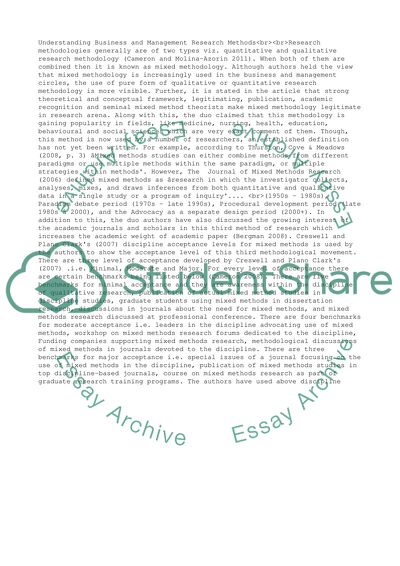Cite this document
(“Understanding Business and Management Research Methods Assignment”, n.d.)
Retrieved from https://studentshare.org/management/1395006-mg5570-understanding-business-and-management-research-methods
Retrieved from https://studentshare.org/management/1395006-mg5570-understanding-business-and-management-research-methods
(Understanding Business and Management Research Methods Assignment)
https://studentshare.org/management/1395006-mg5570-understanding-business-and-management-research-methods.
https://studentshare.org/management/1395006-mg5570-understanding-business-and-management-research-methods.
“Understanding Business and Management Research Methods Assignment”, n.d. https://studentshare.org/management/1395006-mg5570-understanding-business-and-management-research-methods.


